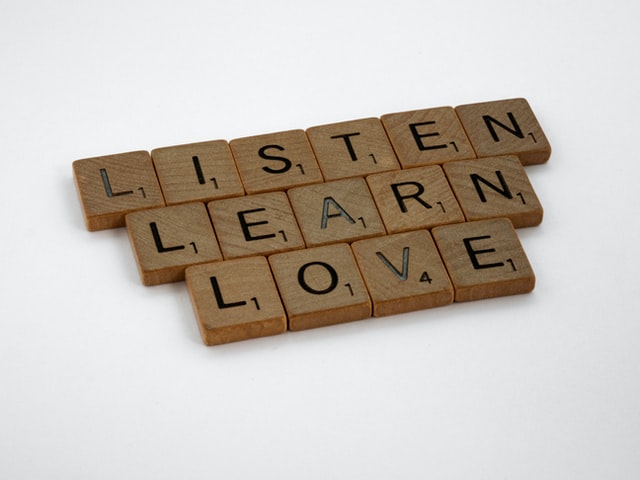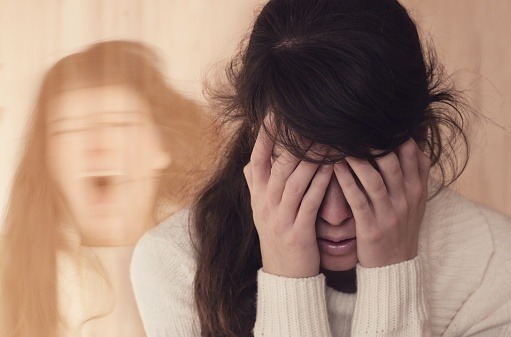Psychologists are an essential part of the healthcare team. They provide mental health therapy sessions and counseling to individuals who need help in their mental health or other day-to-day inconveniences.
Through a technique that usually hastens talk therapy, they can give interprofessional care to professionals or patients in a hospital, business firm, or office they work for.

Psychologists must not be confused with Psychiatrists. Because despite their fair share of help in managing mental health problems, they differ in a lot of ways.
In terms of educational background, a psychiatrist requires a Doctor of Medicine title to practice. Meanwhile, psychologists may work with either a Masters’ Degree or a Doctor of Philosophy. Both, however, require enough training before practicing as a professional.
Psychologists usually aid case-to-case and short-term duration therapies to patients and are not permitted to give them prescriptions. Meanwhile, psychiatrists recommend medication in cases that are typically long-term and require more biological and medical interpretation.
Hiring just a regular Psychologist to treat mental or emotional difficulties is sometimes not enough. Many of these professionals can have therapy styles that are not fit for everyone. They might even have a manner that can be against our will and lifestyle.
So, what you must do is to peer away from the conventional path and find a psychologist that suits your preferences.
You can try to find one on your own through the help of various search engines. You can type “Psychologists near me” or “Psychologist + your location or present address” as a template. Hopefully, this method can help you find the Psychologist fit for you.
If you want to know more about Psychologists, who they are, and how to find one near you, you can check out these interesting FAQs written below:
How do I find the best psychologist?
There are various ways to find the best psychologist. First, you can ask for recommendations from your family and friends. You’re in the same circle. So, there is a higher possibility they’ll be honest with their referrals.
Another option is to check for online reviews. Some sites allow patients to post their feedback regarding their psychologist. You may get insights based on experience. This will surely be helpful in your decision-making.
Is it better to see a psychiatrist or psychologist?
It depends. Both had the proper training to practice psychotherapy. However, they have different approaches. A psychologist focuses more on behavior. They guide you to pinpoint sleep and eating patterns.
They determine sources of negative thoughts. Psychiatrists look more closely at biology and neurochemistry.
What is the difference between a therapist and a psychologist?
Psychologists house a degree in psychology. Their primary responsibility is to diagnose clients. They may determine the best treatment.
A therapist is an umbrella term for various professions. It includes social workers in different counseling areas. Their role is to provide support and guidance; they cannot give a diagnosis.
What are the 3 types of therapy?
The three types of therapy are psychodynamic therapy, behavioral therapy, and humanistic therapy.
Psychodynamic therapy focuses on talking for the patient. It helps uncover thought and behavioral patterns. Such patterns may contribute to their mental health problems.
Behavioral therapy digs the past. They identify happenings in the past contributing to the condition. The most prevalent behavioral therapy is cognitive-behavioral therapy (CBT).
Humanistic therapy enables you to look at a broader perspective. It incorporates worldviews into how you make choices.
What is the best type of therapy for anxiety?
Cognitive-behavioral therapy is the most effective therapy. It is usually for addressing anxiety disorders. Research shows it is the best approach to treating social anxiety disorder, phobia, and panic disorder.
CBT allows the patient to examine his or her behavior. It assists in determining negative patterns. It also identifies distortions triggering anxiety.
Which psychotherapy is most effective?
The most effective psychotherapy approach depends on your needs. You may be looking for a technique that will address your anxiety. If so, try cognitive behavioral therapy. This process assists patients in recognizing harmful behavior and thinking.
On the other hand, interpersonal therapy or relationship counseling is the best for depression. It focuses more on altering and reframing unhealthy personal relationships.
Lastly, psychodynamic therapy is perfect for childhood trauma. This therapy guides clients especially so in resolving internal psychological conflicts.
What are the four types of psychotherapy?
The four types of psychotherapy are psychodynamic therapy, behavioral therapy, cognitive therapy, and humanistic therapy.
Psychodynamic therapy analyzes the personal impact of various significant events on the client’s choices and feelings. It includes the death of a loved one, childhood trauma, or failed marriage.
Behavior therapy explores the different reasons behind the normal and abnormal actions of a person. Cognitive therapy focuses on the cognition. Mainly what an individual thinks.
This is instead of studying what they do. Humanistic therapy understands a person’s capacity to create rational choices.

What are the 4 types of talk therapy?
The first type of talk therapy is Cognitive Behavioral Therapy. Its goal is to uncover your thought process. Interpersonal therapy addresses the depression cycle. It ensures that it won’t affect your current and future relationships.
Another type of talk therapy is counseling. Its primary aim is to come up with ways that will deal with your daily issues.
The last type is the Eye Movement Desensitization and Reprocessing (EMDR). Here, they use specific eye prompts and movements. This is to reframe bad memories and intrusive thoughts.
Does psychotherapy really work?
Researches revealed that psychotherapy is effective. It is a technique to improve symptoms of mental illness. Such revolves around thoughts, feelings, relationships, and experiences. It explores the science behind these.
However, experts recommend combining psychotherapy with medication. This is for more effective results.
What are the 3 benefits of all forms of therapy?
One benefit of therapy is you get to deal with anxiety or depression. Therapy helps you explore these mental health illnesses. It assists in finding the best approach to overcome these. It helps cope with significant life transitions. Such includes a broken family.
It may also be transferred to another country. In the worst case, it may be a close family or friend’s death. Lastly, it also helps you manage your addiction or substance abuse.
How long should psychotherapy last?
It depends on your goal. You came to therapy to consult a particular problem. Then, about three sessions might be enough. You may also be experiencing deeper mental health concerns.
Therefore, you might need at least six months for this. Some even last for years.
Does psychotherapy work for anxiety?
Psychotherapy is perfect for individuals with anxiety. This form of therapy helps patients identify the factors contributing to their anxiety. It helps pinpoint harmful behavior and thought patterns. Once they find out what these are, therapists assist on how to manage them.
What should I not tell a psychiatrist?
You may tell your psychiatrist anything. Openness is the key to successful therapy. If you’re leaving white spaces, they won’t see the entire picture. It then may lead to a wrong diagnosis.
Does CBD help anxiety?
CBD helps overcome anxiety. It activates serotonin receptors. These are part of the serotonin system that alleviates anxiety. It plays a role in your sleep, mood, behavior, and even digestion. Professionals recommend taking 300 mg to 600 mg to reduce anxiety.
Should I go to a psychiatrist for anxiety?
Yes, it would help if you went to a psychiatrist for anxiety. They are medical professionals with specialized training in diagnosing and treating all forms of mental illnesses.
What should you tell your first visit to a therapist?
Your first visit to a therapist is an integral step to your recovery. Through this, you will establish your connection with them.
Let them know why you are seeking their services. This way, they’ll understand and develop a tailored plan to help you. Please give them a brief background of your medical history as well.
Conclusion
Psychologists play an integral role in healthcare. You might not see most of them in the frontline, serving outpatients with emergent help like nurses and doctors.
But what you don’t know is that they become a sense of security for individuals struggling with their mental and emotional wars, all while serving behind the counter.

But choosing a random one is not enough. To have a more successful treatment, find a psychologist who is open to your terms and is professional and ethical in work.
Also, make sure to choose a therapist who can give you the best advice and therapy. See a psychologist you feel comfortable with, as it helps with the recovery process.
The service of a psychologist is not only for those fighting their mental or emotional disorders.
People who need casual or intimate advice about their lifestyle choices, business, money, school stressors, or work-related problems can also ask for help from a licensed psychologist.
A psychologist can provide us with new perspectives and help us find a credible solution to our problems. Take note, however, that therapy sessions will only be effective if you instill honesty and cooperation with your therapist.



